Gravity's Rainbow (Penguin Twentieth-Century Classics)
Thomas Pynchon
Tyrone Slothrop, a GI in London in 1944, has a big problem. Whenever he gets an erection, a Blitz bomb hits. Slothrop gets excited, and then (as Thomas Pynchon puts it in his sinister, insinuatingly sibilant opening sentence), "a screaming comes across the sky," heralding an angel of death, a V-2 rocket. The novel's title, Gravity's Rainbow, refers to the rocket's vapor arc, a cruel dark parody of what God sent Noah to symbolize his promise never to destroy humanity again. History has been a big trick: the plan is to switch from floods to obliterating fire from the sky.
Slothrop's father was an unwitting part of the cosmic doublecross. To provide for the boy's future Harvard education, he took cash from the mad German scientist Laszlo Jamf, who performed Pavlovian experiments on the infant Tyrone. Laszlo invented Imipolex G, a new plastic useful in rocket insulation, and conditioned Tyrone's privates to respond to its presence. Now the grown-up Tyrone helplessly senses the Imipolex G in incoming V-2s, and his military superiors are investigating him. Soon he is on the run from legions of bizarre enemies through the phantasmagoric horrors of Germany.
That's just the Imipolex G tip of the shrieking vehicle that is Pynchon's book. It's pretty much impossible to follow a standard plot; one must have faith that each manic episode is connected with the great plot to blow up the world with the ultimate rocket. There is not one story, but a proliferation of characters (Pirate Prentice, Teddy Bloat, Tantivy Mucker-Maffick, Saure Bummer, and more) and events that tantalize the reader with suggestions of vast patterns only just past our comprehension. You will enjoy Pynchon's cartoon inferno far more if you consult Steven Weisenburger's brief companion to the novel, which sorts out Pynchon's blizzard of references to science, history, high culture, and the lowest of jokes. Rest easy: there really is a simple reason why Kekulé von Stradonitz's dream about a serpent biting its tail (which solved the structure of the benzene molecule) belongs in the same novel as the comic-book-hero Plastic Man.
Pynchon doesn't want you to rest easy with solved mysteries, though. Gravity's Rainbowuses beautiful prose to induce an altered state of consciousness, a buzz. It's a trip, and it will last. —Tim Appelo
0140188592
Against the Day
Thomas Pynchon
Spanning the period between the Chicago World's Fair of 1893 and the years just after World War I, this novel moves from the labor troubles in Colorado to turn-of-the-century New York, to London and Gottingen, Venice and Vienna, the Balkans, Central Asia, Siberia at the time of the mysterious Tunguska Event, Mexico during the Revolution, postwar Paris, silent-era Hollywood, and one or two places not strictly speaking on the map at all.
With a worldwide disaster looming just a few years ahead, it is a time of unrestrained corporate greed, false religiosity, moronic fecklessness, and evil intent in high places. No reference to the present day is intended or should be inferred.
The sizable cast of characters includes anarchists, balloonists, gamblers, corporate tycoons, drug enthusiasts, innocents and decadents, mathematicians, mad scientists, shamans, psychics, and stage magicians, spies, detectives, adventuresses, and hired guns. There are cameo appearances by Nikola Tesla, Bela Lugosi, and Groucho Marx.
As an era of certainty comes crashing down around their ears and an unpredictable future commences, these folks are mostly just trying to pursue their lives. Sometimes they manage to catch up; sometimes it's their lives that pursue them.
Meanwhile, the author is up to his usual business. Characters stop what they're doing to sing what are for the most part stupid songs. Strange sexual practices take place. Obscure languages are spoken, not always idiomatically. Contrary-to-the-fact occurrences occur. If it is not the world, it is what the world might be with a minor adjustment or two. According to some, this is one of the main purposes of fiction.
Let the reader decide, let the reader beware. Good luck.
—Thomas Pynchon
159420120X
Conspiracy Theories
Robin Ramsay
Pocket Essentials is a dynamic series of books that are concise, lively, and easy to read. Packed with facts as well as expert opinions, each book has all the key information you need to know about such popular topics as film, television, cult fiction, history, and more. At one time, you could blame the world’s troubles on the Masons or the Communists. Now, we also have the Alien-U.S. Elite and the Alien Shape-shifting Reptile conspiracies to worry about. Conspiracy theories are all here, but not just lined up to be ridiculed and dismissed. For among the absurd conspiracy theories currently proliferating on the Internet, there are nuggets of real research about real conspiracies waiting to be mined. This book does the mining for you. Fully sourced and referenced, it is a serious examination of a fascinating phenomenon.
1903047307
|
|



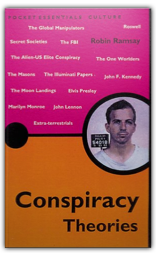



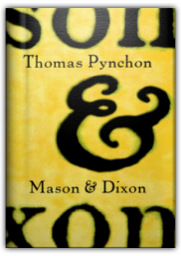
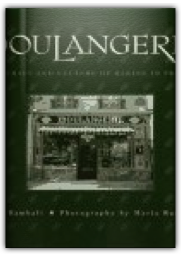
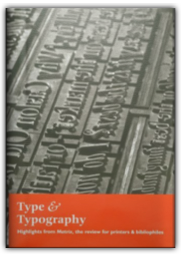


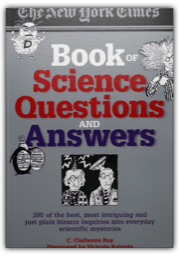

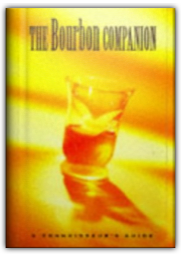
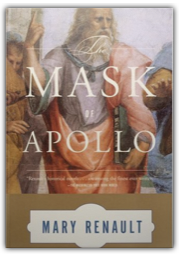
 Made with Delicious Library
Made with Delicious Library